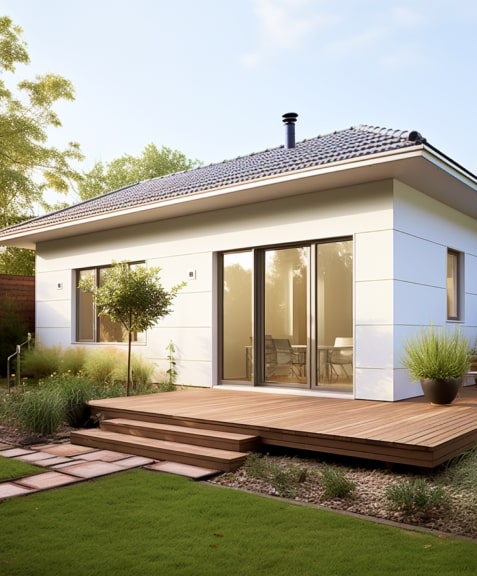
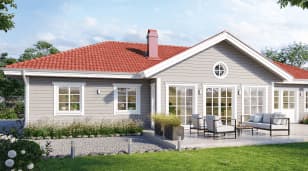
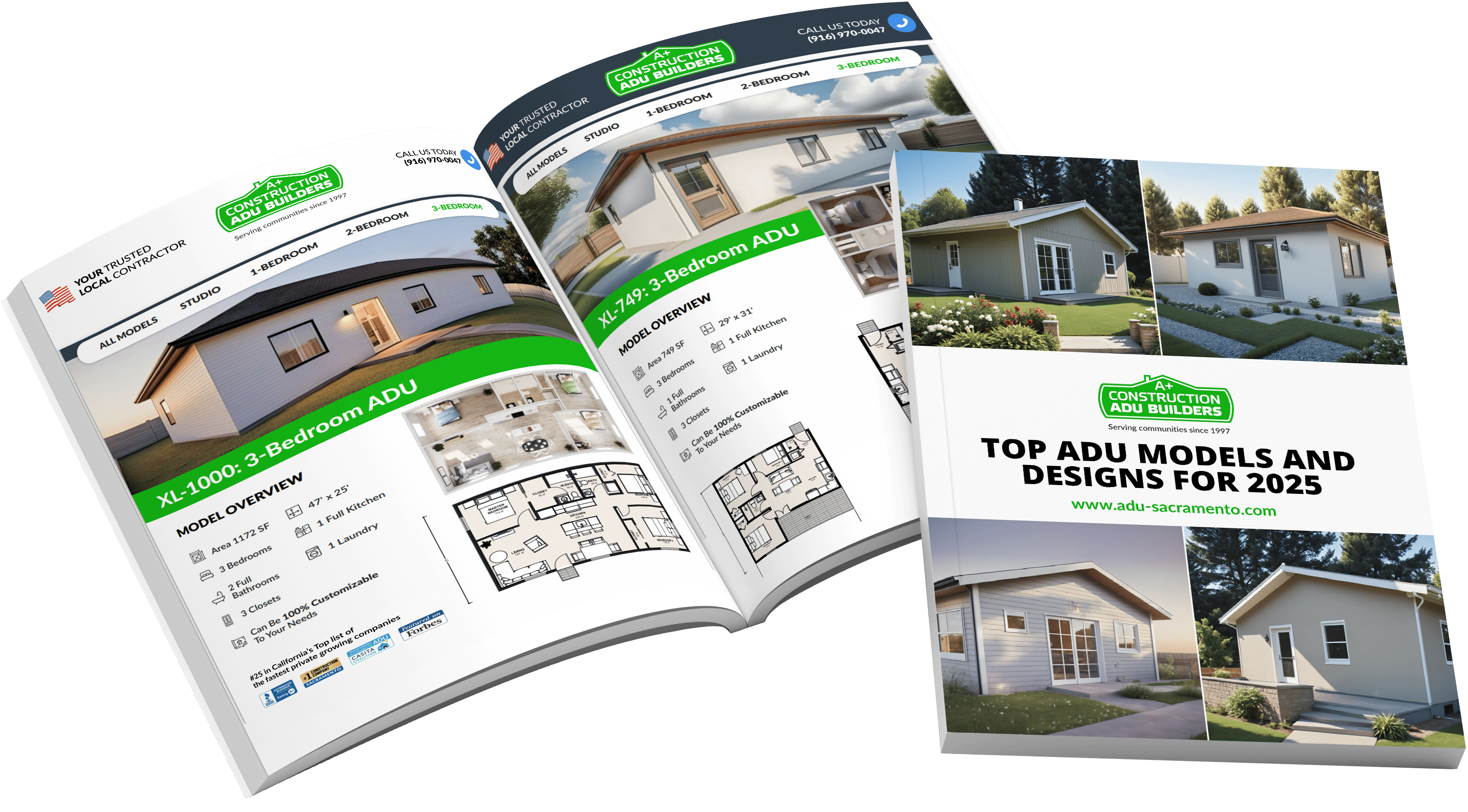

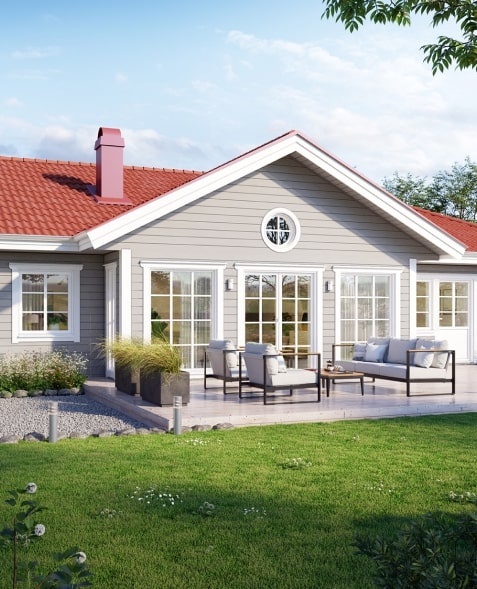
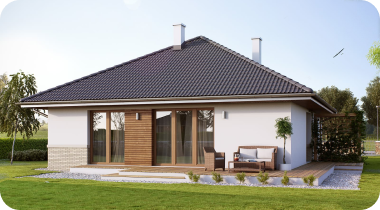
A link to download your FREE brochure will be in your inbox in 3 minutes
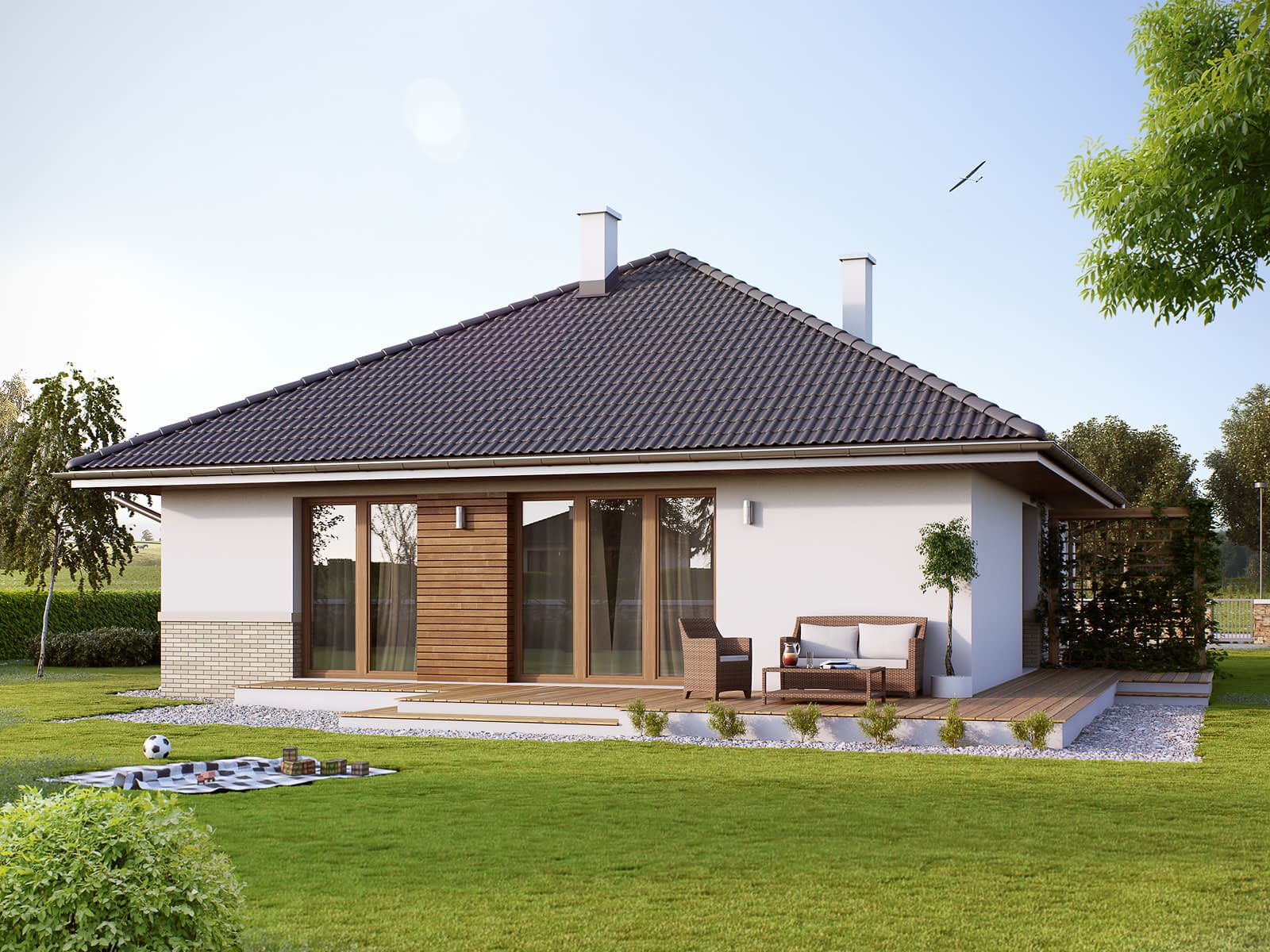





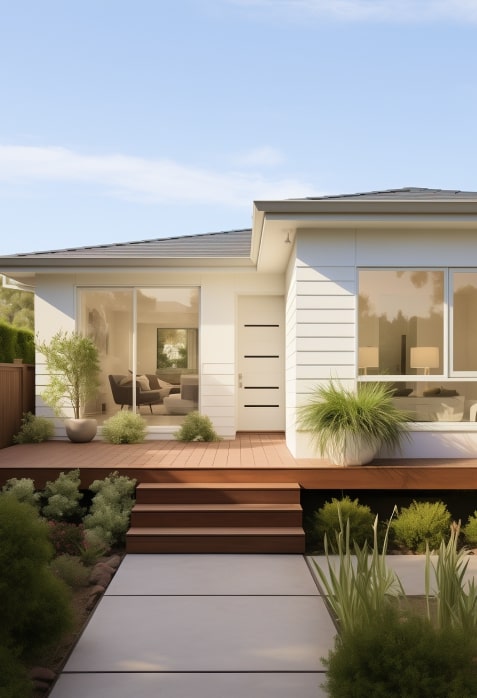
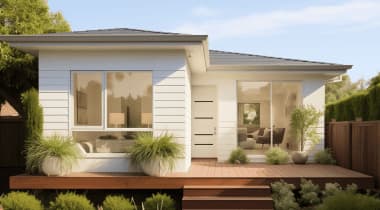











The final price may vary based on project specifics.
To get a free accurate quote tailored to your needs, book a consultation with us today!

The price per square foot provided is an average and may vary depending on project-specific details such as materials, location, complexity, and other factors. Actual costs may differ from the average provided.
It is recommended to obtain a detailed quote based on the specific requirements of your project.

Please note that the monthly payment displayed on this page is an estimate and is subject to variation based on the selected loan product, applicants credit score, loan amount, and other financial details. Actual monthly payment may differ from the estimate provided.
It is recommended to seek advice from a financial advisor or loan officer to obtain precise payment information tailored to individual circumstances.
 Your Trusted
Local Contractor
Your Trusted
Local Contractor
 When you move to a new house, you may not predict everything in advance. After years pass, many homeowners find themselves in a situation of living space shortage. Whether their family expanded over many years or their parents retired and now want to live closer to their loved ones, the need for space may become a pressing issue. But what if you can’t afford to buy a new house nearby?
When you move to a new house, you may not predict everything in advance. After years pass, many homeowners find themselves in a situation of living space shortage. Whether their family expanded over many years or their parents retired and now want to live closer to their loved ones, the need for space may become a pressing issue. But what if you can’t afford to buy a new house nearby?
Garage conversions are small living units created by repurposing your existing garage. If the garage space you built ten years ago no longer serves its purpose, it’s an ideal solution to transform it into a new apartment!
In comparison with other living spaces, a garage conversion allows you to use the existing structure within your property. It means you neither have to buy new land nor build a house completely from the ground up.
The advantages of garage conversions encompass the following:
Converting an existing garage into an ADU generally takes fewer construction materials and labor than a full ADU building project would. This results in lower overall costs, allowing homeowners to save money.
If your garage is suitable for a conversion project, it will require less construction work to create the small home of your dreams. Since walls, foundation, and roof are already in place, you only need to modify parts of the structure, potentially frame new walls inside, take care of utilities, and add exterior and interior finishes.
If you don’t have much space on your property and building a new house is not an option, making the most of underutilized structures is a great idea. A garage conversion project not only helps you to spare your budget, but also to efficiently use your land.
With the ready basic structure of the garage, you can skip several stages of construction and complete the desired project quicker than if it were a traditional house or new construction ADU.
There are plenty of ways of putting a garage conversion to good use. They include a new apartment for your family, a guest house, a garden cottage used for renting out, a home office or entertainment room, as well as an investment to increase the property value.
If you decide on creating extra living space without large-scale construction and compromising on your garden space, consider a garage conversion with A+ Construction & Remodeling!
Before renovating your garage, it’s vital to explore the local building code, a city-specific ordinance, and other laws and regulations that establish rules for garage remodeling and converting it into a livable unit. Compliance with building standards and safety rules is mandatory to ensure the safety of your buildings and the future sale of the real estate piece. Besides, it’s vital for the future acquisition of permits.
Another aspect to be aware of before construction is the suitability of the garage. Firstly, it should be structurally sound, which means no cracks, sagging, or other damage. Also, the dimensions and layout of the garage should be consistent with your floor plan, or alterations needed should be minimal. Next, you need to check the availability and capacity of electrical, plumbing, and heating systems to make sure they can support the new living space. In addition, determine if there is enough parking space on your property in case you convert the garage.
In the section below, we’ll discuss the subsequent steps required to complete a garage conversion project.
The first step in your project will likely be a change of flooring, erecting new walls, and adding new doors and windows. Garages usually come with concrete floors, and a concrete floor is not the best choice for residential areas. To create a comfortable living space, the number of windows is vital, as each window is a source of natural lighting and air. In addition, you may need a new wall or a couple of interior walls in order to separate areas from each other. For example, to separate a bathroom zone from a bedroom zone and so on. Also, you might need to replace a garage door or install new doors to create a more homey and less garage-resembling environment.
Since garages are not habitable spaces originally, they require extensive work with electrical wiring, plumbing, and HVAC system connections. Evaluate how the conversion will integrate with the existing connections and the extent of the upgrade to ensure the functionality of your studio apartment. For electrical systems, it may be additional outlets, lighting fixtures, electrical panel upgrades, or rewiring. For the plumbing system, it may be extending plumbing infrastructure or creating new drainage. HVAC systems may potentially require additional vents, ductwork, and supplementary heating and cooling units.
If you don’t want your garage exterior to reveal the previous use of the premises, sometimes it makes sense to pick different siding. It may be anything that combines durability with aesthetic appeal, for example, wood, vinyl, or stucco. Besides, your space may use outdoor area features to extend space where your family or tenants enjoy their time.
Whitewash the ceiling, apply paint or drywall, choose carpet or wood flooring, and incorporate ambient, task, and accent lighting into your studio to create more inviting surroundings. After all the painting, tiling, and installing appliances and fixtures, set sturdy and functional furniture to complement the style of the unit.
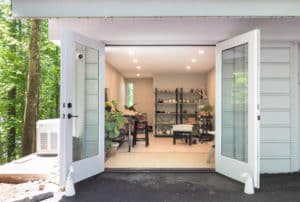
Many homeowners have difficulty with their first project, but with a good general contractor, you won’t have any problems bringing all your ideas to life. Here, we have collected some tips on how to strategically improve your garage and what points often pose obstacles on the way to this.
Not only the number of windows matters but even the exact placement of a window on the wall. Naturally, garages don’t have enough windows to provide adequate ventilation and lighting, so it’s advisable to ponder on larger windows, skylights, or glass doors.
If your garage has a small space, incorporate the maximum amount of space-saving features. You can consider a loft bedroom with spiral stairs leading upwards. Many garages use open floor plans because they also save space that walls occupy in typical homes. You can create a wall for the bathroom but leave the rest of the area in the form of a shared zone. Moreover, it’s possible to install multi-purpose furniture like a sofa bed or space-saving furniture like a folding table.
If you decide to convert your garage, remember that garage walls usually differ from apartment walls. Since this place’s aim was only to harbor cars, there’s typically little to no insulation and soundproofing. Thus, it makes sense to take care of walls, windows, doors, ceiling, and floor, making sure that all the places where the heat comes out are properly sealed. This will significantly reduce your heating and cooling expenses.
If you use your garage for storage, it’s essential to think about new ways to store bulky belongings. This way, let’s imagine you have a high ceiling. In this case, you may create a mezzanine to declutter your unit. Also, you may build a free-standing shed nearby. Or opt for spacious built-in cabinets and closet organization systems.
A garage is originally a non-habitable space. That is why when homeowners convert their garages into complete ADU units, they may face a number of general or unique challenges on the way.
Let’s take a look at some of them:
Many people opt for a garage conversion, especially because of its affordable cost. But it’s important to thoroughly budget for potential unforeseen expenditures and make sure that the funds allocated cover all the essential aspects of conversion. For example, structural damage may come out, or you unexpectedly will have to upgrade your utilities that result in an extra cost.
Existing features such as garage doors, windows, and utility access points may deter you from choosing the desired layout. For, if you wanted to create a bedroom in the corner area but there’s a utility connection point nearby, you’d probably have to rethink it. A garage door often presents a significant challenge. You may replace it with a wall, convert it into a large window, or install a glass door instead, as well as maintain it for potential exploitation.
A habitable dwelling cannot exist without a water supply, sewage, and electricity. That is why you either need to connect your ADU to the already existing utility lines of your main house or upgrade and extend them if the number of fixtures is too large for the original ones.
Adhering to building codes and zoning regulations is crucial if you decide to convert a garage. Make sure your garage conversion is in a residential zone rather than an industrial one, and check all the requirements for ADU location on your property. Height, size, safety standards, setbacks, parking provisions — all of these requirements are essential for obtaining permits.
All in all, when planning to remodel your garage and turn it into a habitable studio unit that can serve as a rental, a secondary living space for your family, or a place for remote work, remember all the implications that come your way. At A+, we help homeowners in Sacramento, California, avoid pesky mistakes, reduce costs, and create a durable studio apartment instead of an underused garage!
For your garage conversion interior walls, you’d typically want to use drywall. Fully covering the walls, drywall not only creates a more finished and professional look, but it also provides supplementary insulation, soundproofing, and fire resistance. However, if you prefer a more rustic vibe, you can use wooden paneling for your walls and apply a better quality insulation material.
Choose inexpensive yet robust materials for the walls and floors. For instance, opt for basic ceramic tiles instead of expensive designer options. Also, select more budget-friendly bathroom fixtures for the sink, toilet, and shower. Utilize existing plumbing lines if possible and invest in energy-efficient fixtures such as low-flow shower heads and toilets, as well as LED lamps. These will help you to save both immediately and in the long run.
Indeed, if you install a good quality door, create ample lighting, add privacy features, insulate the space properly, provide some basic but functional amenities, and market it effectively, your ADU apartment will definitely bring in good revenue. Ensure that the space looks well-maintained and attractive in order to lure potential clients and avoid leaving any aspect of the property neglected.
Depending on your preferences, you may stain your concrete floor to keep its industrial appearance or replace it with ceramic and vinyl tiles, wood floors, carpeting, or any other style you prefer. Just remember that these options require different techniques, so we recommend contacting a professional ADU building company for your conversion project.
Remember that good air quality is essential for good sleep, so your bedroom area should be properly ventilated. Don’t forget about insulation so it’s not too cold or hot during seasons. Also, ensure ample lighting to create a well-lit ambiance. Furnish the bedroom with a comfy bed and nightstand; consider privacy features such as curtains or window coverings. Ensure that it’s easy to access the bedroom and that it occupies a space where people don’t walk around much.
Get a First Look at Real ADU Projects